- What We Do
- Agriculture and Food Security
- Democracy, Human Rights and Governance
- Economic Growth and Trade
- Education
- Ending Extreme Poverty
- Environment and Global Climate Change
- Gender Equality and Women's Empowerment
- Global Health
- Water and Sanitation
- Working in Crises and Conflict
- Disaster Assistance
- Political Transition Initiatives
- Conflict Mitigation and Prevention
- Countering Violent Extremism
- Disaster Risk Reduction
- Peacebuilding and Reconciliation
- Providing Safe & Secure Environments for Development
- Recovering From Crisis
- Resilience
- Tech Challenge for Atrocity Prevention
- World Humanitarian Day
- U.S. Global Development Lab
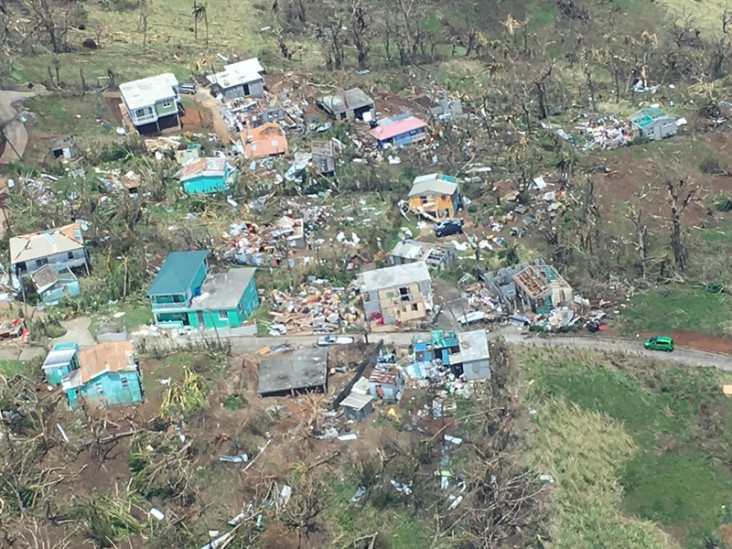
Latest Dominica Map
Dominica Map - 09-19-2017 ![]() (pdf - 278k)
(pdf - 278k)
Key Developments
On the night of September 18, 2017, Hurricane Maria passed directly over Dominica as a Category 5 storm on the Saffir-Simpson Hurricane Wind Scale, causing widespread, catastrophic damage across the island. Dominica’s main hospital, the prime minister’s official residence, and many other buildings lost their roofs to the hurricane’s strong winds, which reached 160 miles per hour. International media reported at least 15 storm-related deaths on Dominica as of September 21, and the number of fatalities was expected to rise as damage assessments continued.
On September 19, U.S. Ambassador to Barbados and the Eastern Caribbean Linda S. Taglialatela issued a disaster declaration for Dominica due to the effects of Hurricane Maria. In response, USAID’s Office of U.S. Foreign Disaster Assistance (USAID/OFDA) is providing an initial $100,000 to address the priority needs of hurricane-affected populations. USAID/OFDA activated a disaster risk management specialist and two local surge capacity consultants for Dominica ahead of the storm. In addition, a USAID Disaster Assistance Response Team in the Caribbean and Response Management Team in Washington, D.C.—initially established in response to Hurricane Irma—remain activated.
Learn more about USAID's Caribbean Hurricanes response efforts
Background
Dominica, an island country in the eastern Caribbean, is vulnerable to natural disasters, including hurricanes and severe weather. When disaster strikes Dominica, USAID/OFDA typically works with non-governmental organizations to meet humanitarian needs and complement local and national government relief efforts. In addition to direct disaster relief, USAID/OFDA supports a number of regional initiatives to address disaster risks and build capacity for disaster response in the Caribbean.

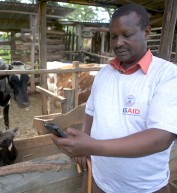
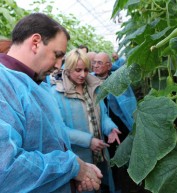
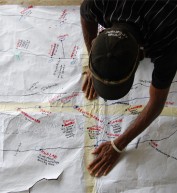
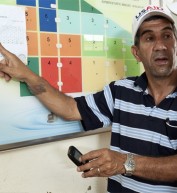

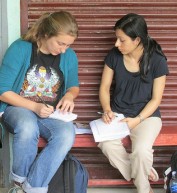
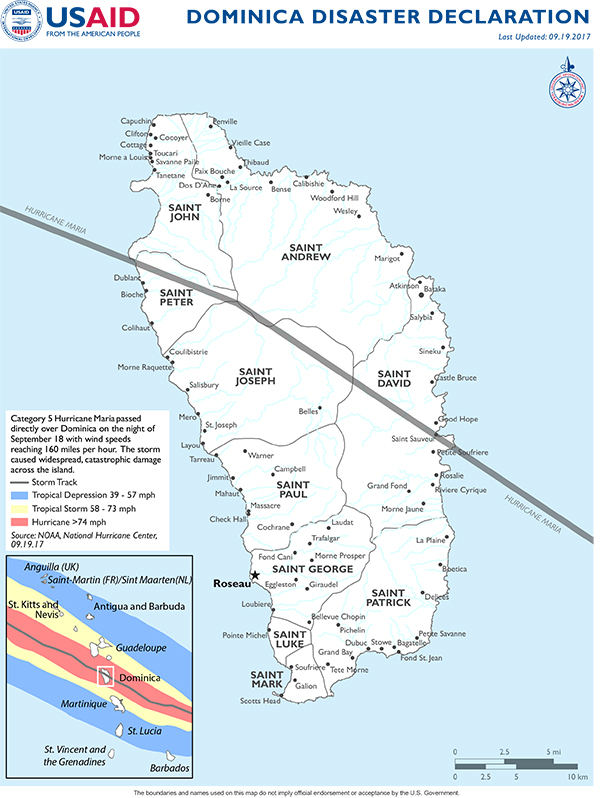
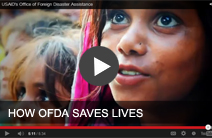
Comment
Make a general inquiry or suggest an improvement.